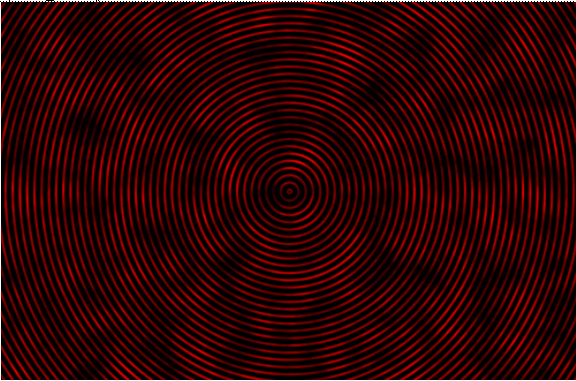
Using the Perlin Method
The Perlin noise method was developed in the 1980s by Ken Perlin, who was working with procedural textures. He wanted to create a method that would appear to be random, but that when supplied the same input would always produce the same output, and that would feature smooth transitions between values. Ken Perlin would later win an Oscar for this work.
The Perlin method uses a pseudo-random number generator in order to create a Perlin noise, and then procedurally transforms that noise into a texture. When using the Perlin method, the general process is as follows:
|
1. |
Open any image. |
|
2. |
Use the Perlin method to create a Perlin noise. The following figures show various Perlin noise shapes resulting from the use of various flags. For these figures, the following values were also used: |
lSeed = 0;
lFrequency = 16;
lDensity = 8;
lOpacity = 75;
crBackColor = RGB(0, 0, 0);
crPerlinColor = RGB(255, 0, 0);
lxCircle = image.Width / 2;
lyCircle = image.Height / 2;
lFreqLayout = 100;
lDenLayout = 1;
First: using PRL_CIRCLE:
1) PRL_PURE

2) PRL_COMBINE
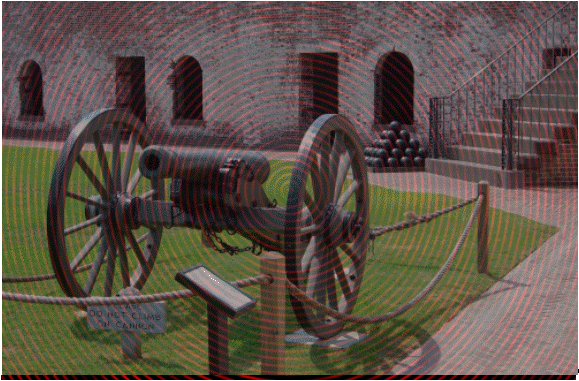
3) PRL_DIFFERENCE
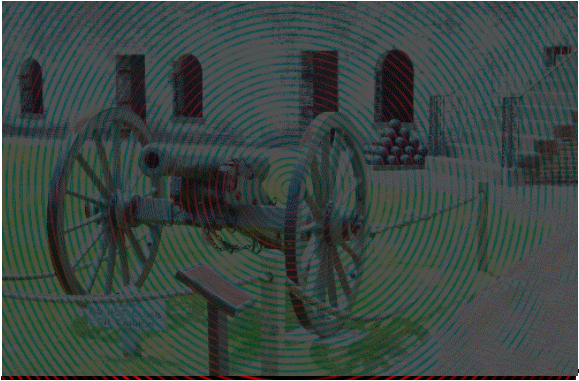
Second: using PRL_LINE:
1) PRL_PURE
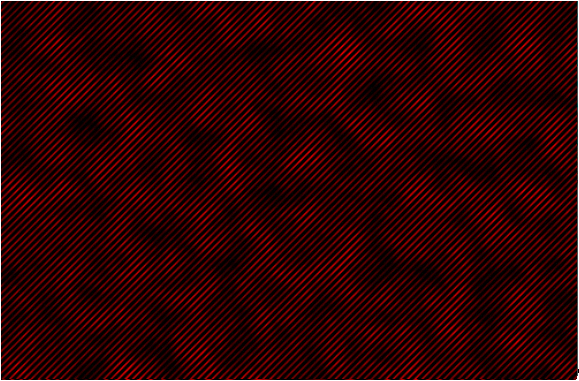
2) PRL_COMBINE
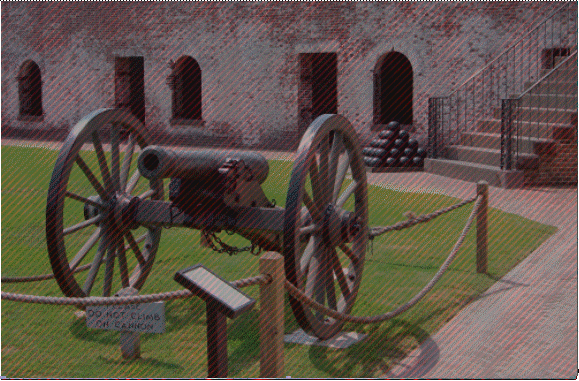
3) PRL_DIFFERENCE
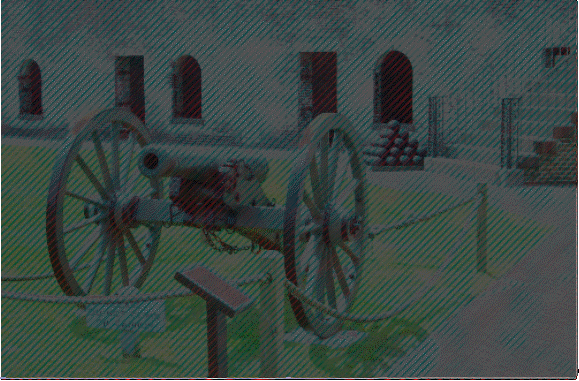
Third: using PRL_RANDOM:
1) PRL_PURE
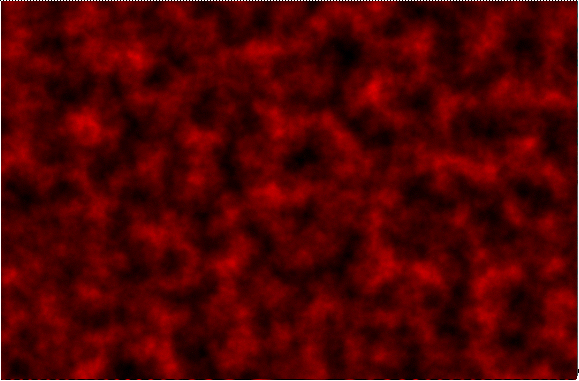
2) PRL_COMBINE
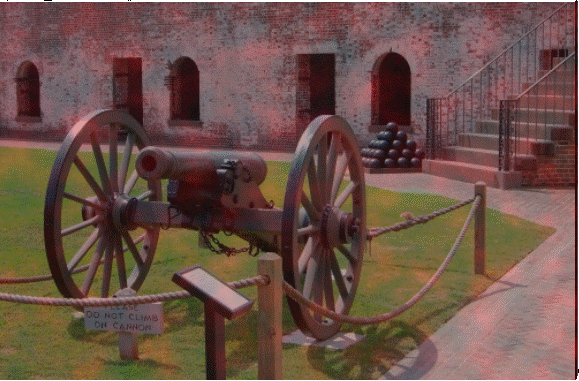
3) PRL_DIFFERENCE
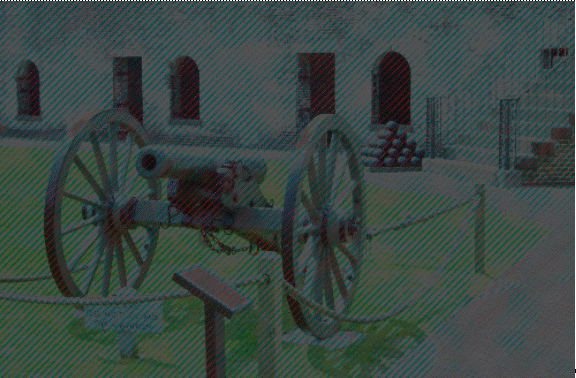
The Clouds method also makes use of Perlin noise.